The Skilled Worker visa (formerly Tier 2 General) is one of the most common routes to Indefinite Leave to Remain (ILR) in the UK. After five continuous years, you become eligible to apply for settlement, provided you meet specific criteria. Let’s break down the essential steps and requirements for your 2025 application.
Understanding the Core Requirements
To successfully apply for ILR from the Skilled Worker route, you must satisfy several key conditions. These are broadly categorised as:
-
Continuous Lawful Residence (5 Years):
- The Foundation: You must have completed five years of continuous lawful residence in the UK on your Skilled Worker visa (or a combination of eligible visas, but primarily the Skilled Worker route). Your qualifying period starts from when your first Skilled Worker visa was granted.
- Absences from the UK (The 180-Day Rule): This is crucial. In any 12-month period during your 5 years, you must not have spent more than 180 days outside the UK. This is a ‘rolling’ 12-month period, not a fixed calendar year.
- How to calculate: For each of the five 12-month periods ending on the date you apply for ILR, you count your absences. For example, if you apply on June 1, 2025, you’d calculate absences for June 1, 2024 – May 31, 2025; June 1, 2023 – May 31, 2024, and so on.
- Important Note: The Home Office might consider compelling or compassionate circumstances for absences exceeding this limit (e.g., serious illness, global pandemics), but strong evidence is required.
-
Current Employment & Salary:
- Ongoing Employment: You must still be employed by a UK sponsor that holds a valid sponsor licence. Your Certificate of Sponsorship (CoS) reference number from your last Skilled Worker visa application will be required.
- Salary Threshold: You must be earning at or above the minimum salary threshold, which is typically the ‘going rate’ for your specific job (Standard Occupational Classification or SOC code) or the general minimum threshold, whichever is higher.
- 2025 Context: While the general Skilled Worker salary threshold for new applicants increased significantly to £38,700 in April 2024, the ILR salary requirement for those on the 5-year route from previous rules generally aligns with the going rate for your specific occupation code at the time of your ILR application, or potentially a lower general threshold if applicable to your previous visa grant. Always check the very latest guidance on GOV.UK for precise figures at the time of your application.
- Proof: You’ll need payslips and bank statements covering a specified period (e.g., 6 months prior to application), and a letter from your employer confirming your continued employment, salary, and job details.
-
Knowledge of Language and Life in the UK (KOL):
- English Language: You must demonstrate proficiency in English at a specific level.
- Level: For ILR, this generally means passing an approved Secure English Language Test (SELT) at CEFR Level B1 in speaking and listening.
- Exemptions: You are exempt if you are a national of a majority English-speaking country, have a degree taught or researched in English, are over 65 (or under 18) or have a specific medical condition preventing you from taking the test.
- Life in the UK Test: You must pass the ‘Life in the UK’ test.
- The Test: This is a computer-based, multiple-choice test covering British history, culture, and laws. You must score at least 75%.
- Preparation: Study the official ‘Life in the UK’ handbook. Keep your pass certificate notification.
- English Language: You must demonstrate proficiency in English at a specific level.
-
Good Character Requirement:
- The Home Office will assess your suitability for settlement. This involves reviewing any criminal convictions (both in the UK and overseas) and your immigration history (e.g., any past breaches of immigration rules).
- Honesty: Always declare any relevant history. Failure to disclose can lead to refusal and a ban.
The Application Process: Step-by-Step
Once you’re confident you meet all the requirements and have gathered your documents, here’s how to apply for ILR:
Step 1: Gather Your Documents (Be Thorough!) This is where meticulous preparation pays off. You’ll need:
- All your current and previous passports/BRPs (Biometric Residence Permits).
- Proof of continuous residence (e.g., previous visa decision letters).
- Evidence of your English language ability (SELT certificate or degree).
- Life in the UK test pass notification.
- Employment letter from your sponsor, confirming your job, salary, and sponsor licence number.
- Payslips (usually 6 months prior to application).
- Bank statements (usually 6 months prior to application) showing salary payments.
- Your Certificate of Sponsorship (CoS) reference number from your last Skilled Worker visa.
- Evidence of any allowed absences from the UK.
- Any additional documents specific to your circumstances (e.g., marriage certificate if your name changed).
Step 2: Complete the Online Application Form
- Go to the official UK government website (GOV.UK) and search for “Indefinite Leave to Remain” or “Settlement application.”
- Select the appropriate form for your route (usually “Set (O)” for Skilled Worker).
- Fill out the form accurately and completely. Double-check all details to ensure they match your documents.
Step 3: Pay the Application Fee
- The ILR application fee is significant. As of April 9, 2025, the fee for ILR is £3,029.
- Unlike visa applications, there is no Immigration Health Surcharge (IHS) payable for ILR.
Step 4: Provide Your Biometrics and Upload Documents
- After submitting your online application and paying the fee, you’ll be prompted to book an appointment at a UK Visa and Citizenship Application Services (UKVCAS) centre.
- At this appointment, your fingerprints and a photograph will be taken (biometrics).
- You will typically upload all your supporting documents digitally before your appointment. Some centres offer a document scanning service for an extra charge.
Step 5: Await a Decision
- Processing Times: Standard processing time for ILR applications is usually around 6 months.
- Priority Services: For an additional fee, you may be able to opt for a ‘Priority’ service (decision within 5 working days) or ‘Super Priority’ service (decision by the end of the next working day) if available.
- Decision Notification & eVisa: If successful, you’ll be notified of your ILR grant. As of January 1, 2025, the UK has transitioned to a fully digital immigration system. This means your ILR status will generally be an eVisa, accessible via your online UKVI account, rather than a physical Biometric Residence Permit (BRP). You will receive instructions on how to access and manage your digital status.
Important Considerations for Your Application:
- When to Apply: You can typically apply for ILR up to 28 days before you meet the 5-year continuous residence requirement. Applying too early will result in a refusal.
- Seek Advice: Given the critical nature of ILR and the recent changes to the immigration system, consider consulting an OISC-regulated immigration adviser or solicitor. They can review your documents, calculate absences, and ensure your application is robust, significantly increasing your chances of success.
- Future Status: Once granted ILR, you are settled in the UK permanently. After a further period (usually 1 year), you may then be eligible to apply for British citizenship.
Applying for ILR is the culmination of your journey to making the UK your permanent home. By meticulously preparing and understanding each requirement, you can approach this final step with confidence and look forward to the stability and freedom that settlement brings.

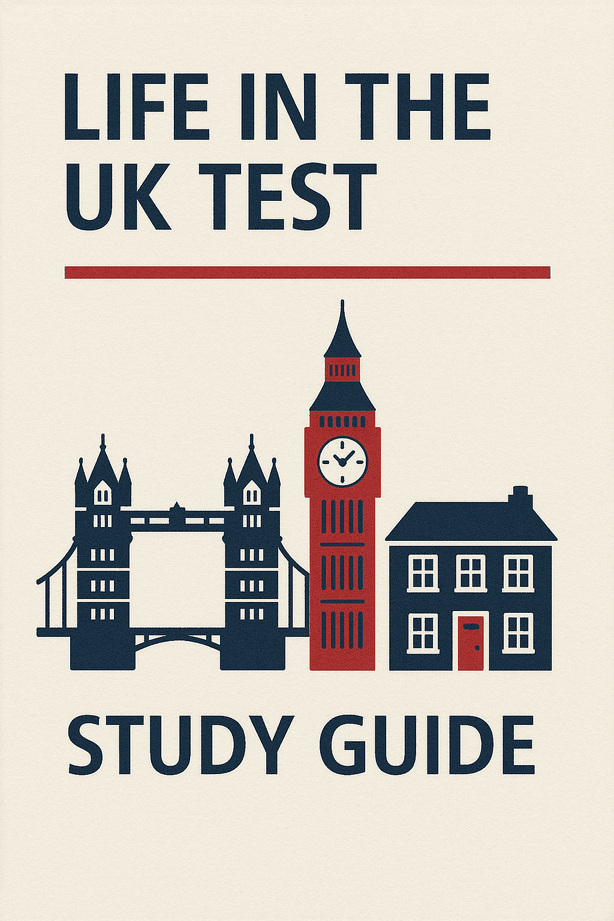
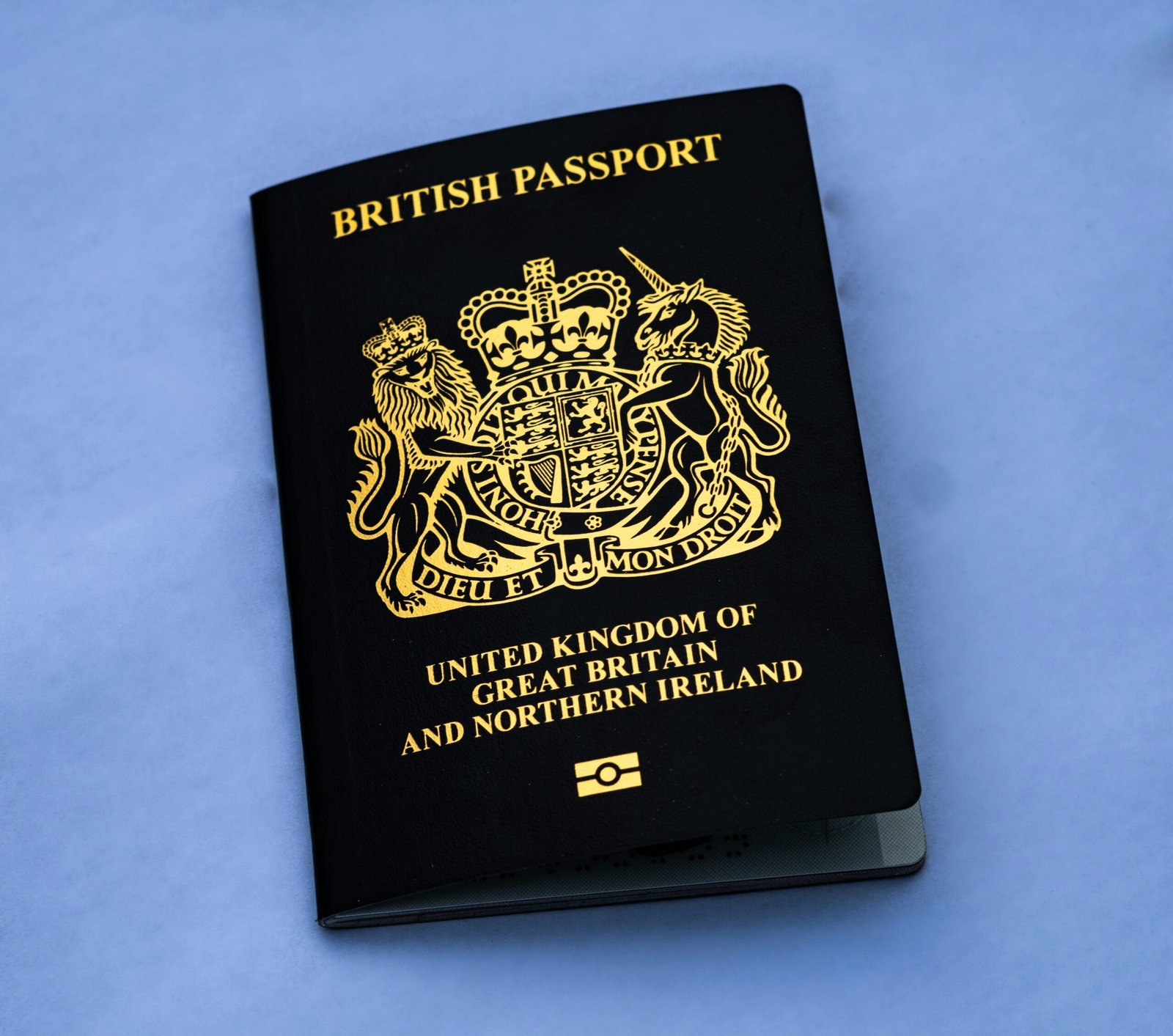
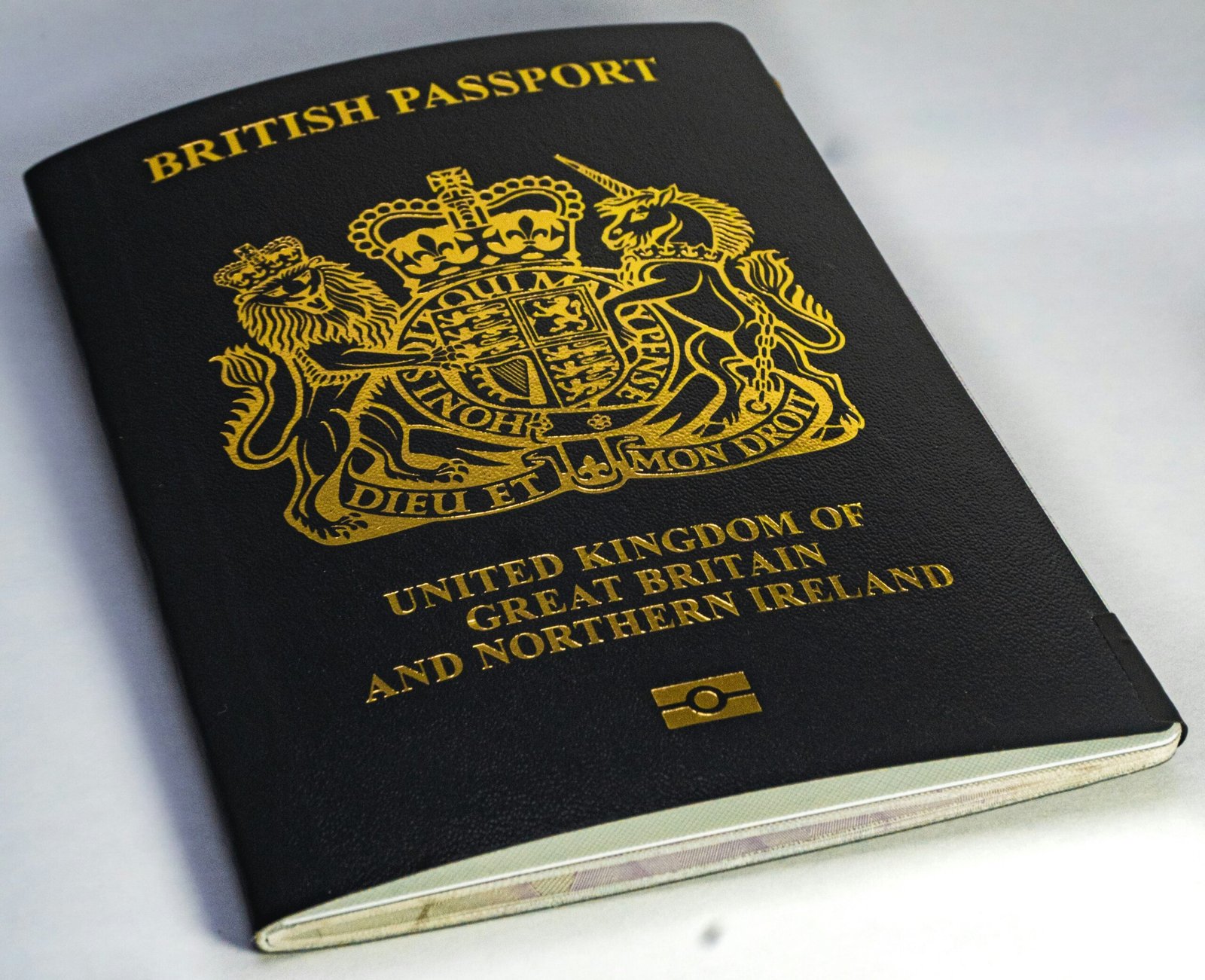
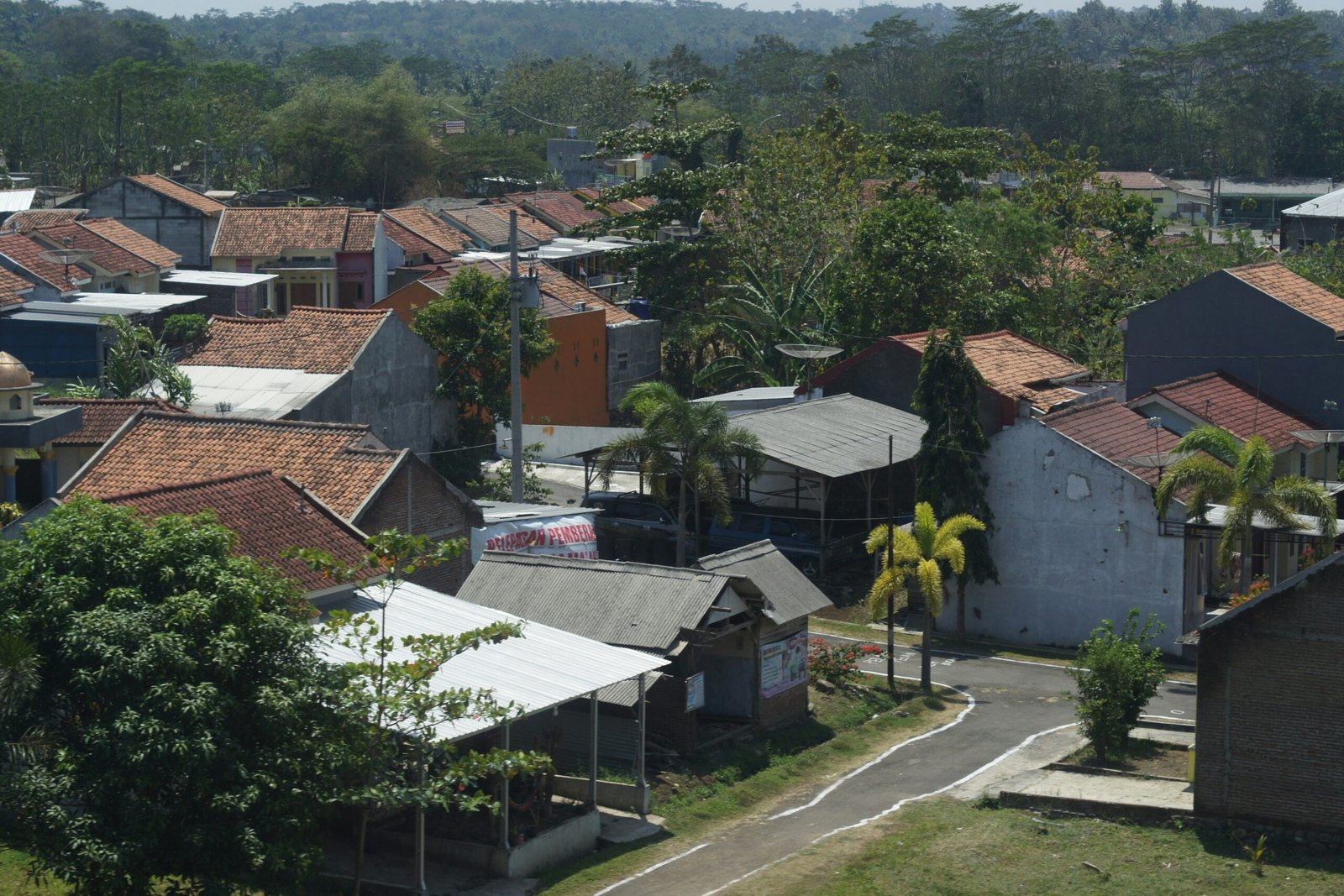





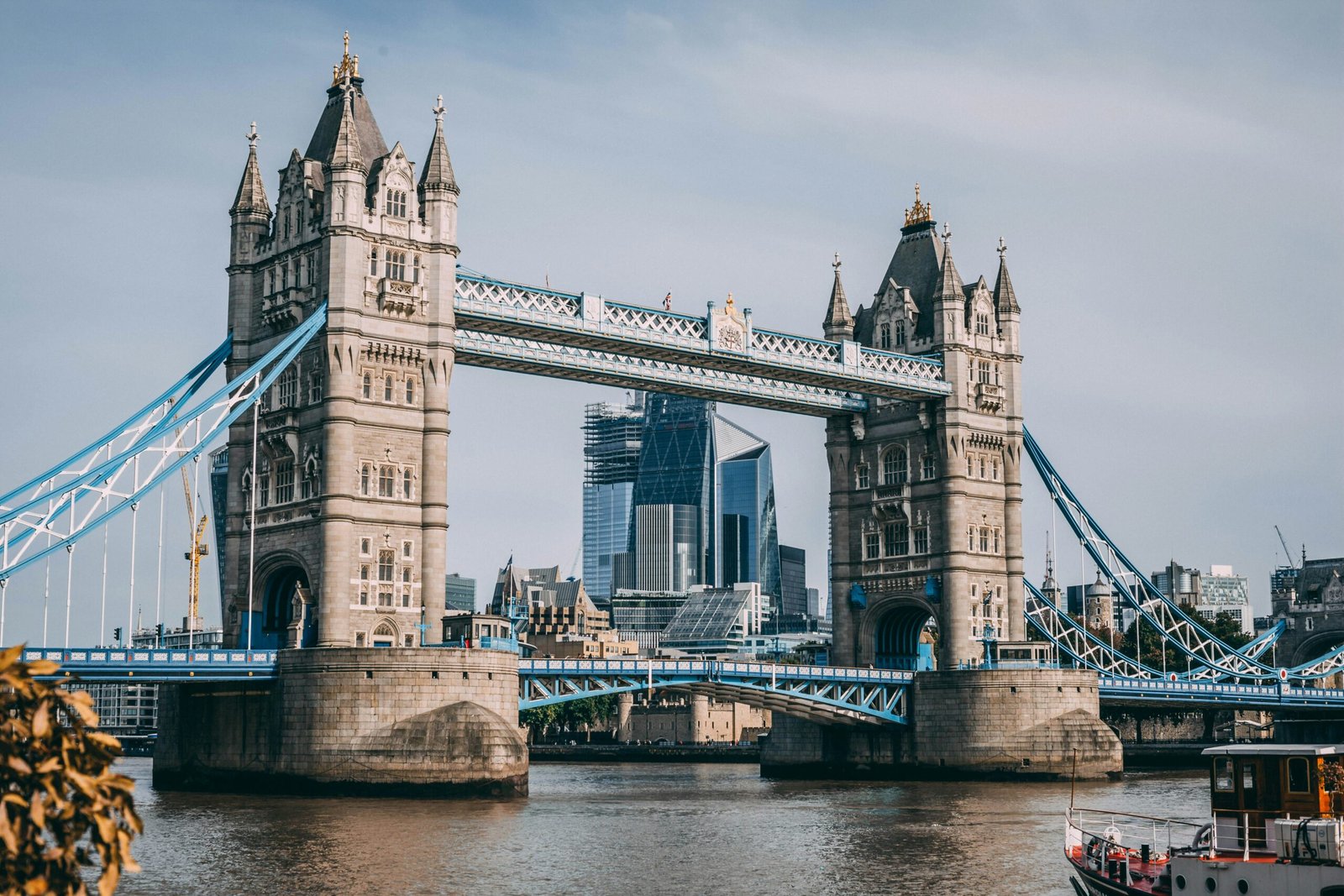
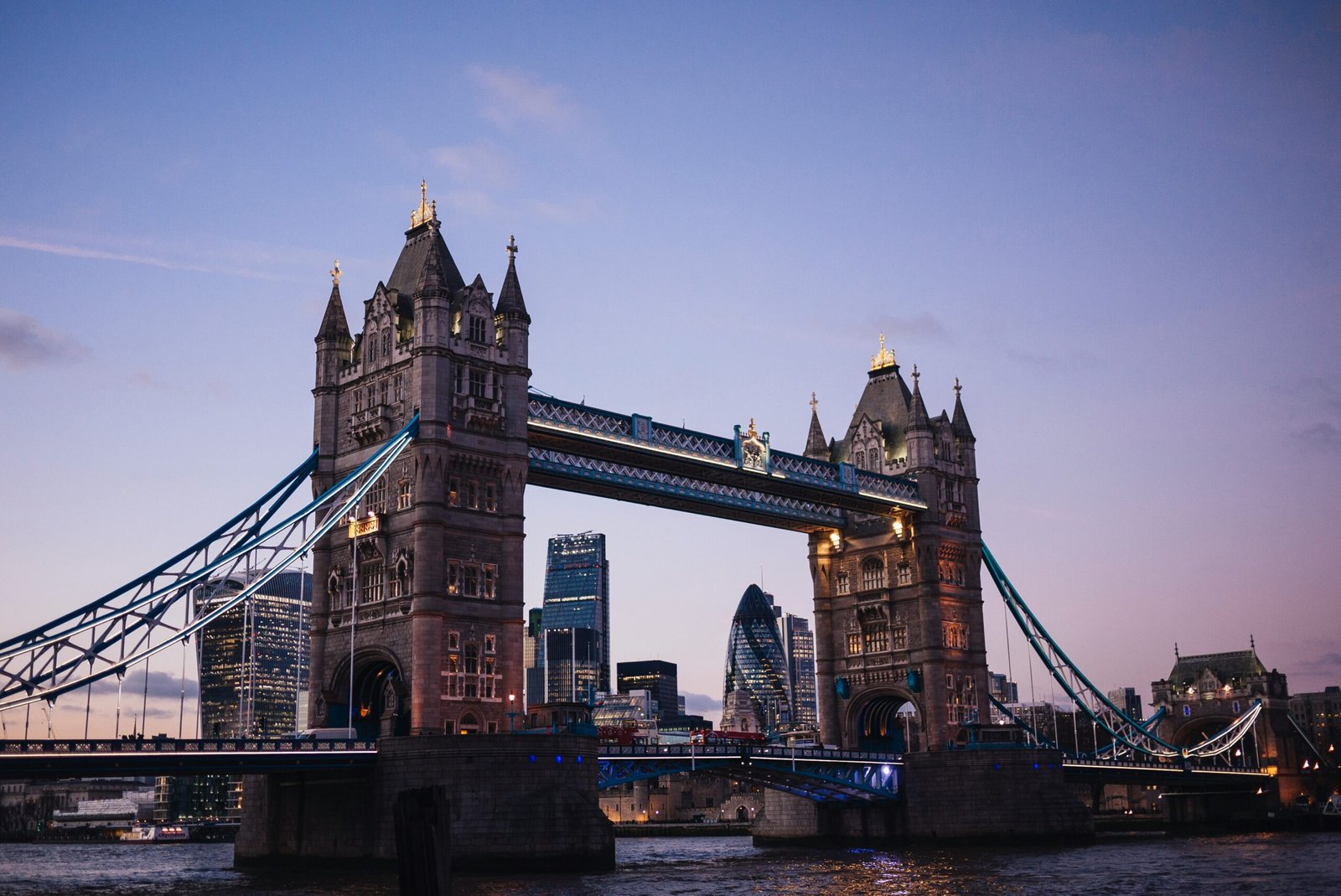
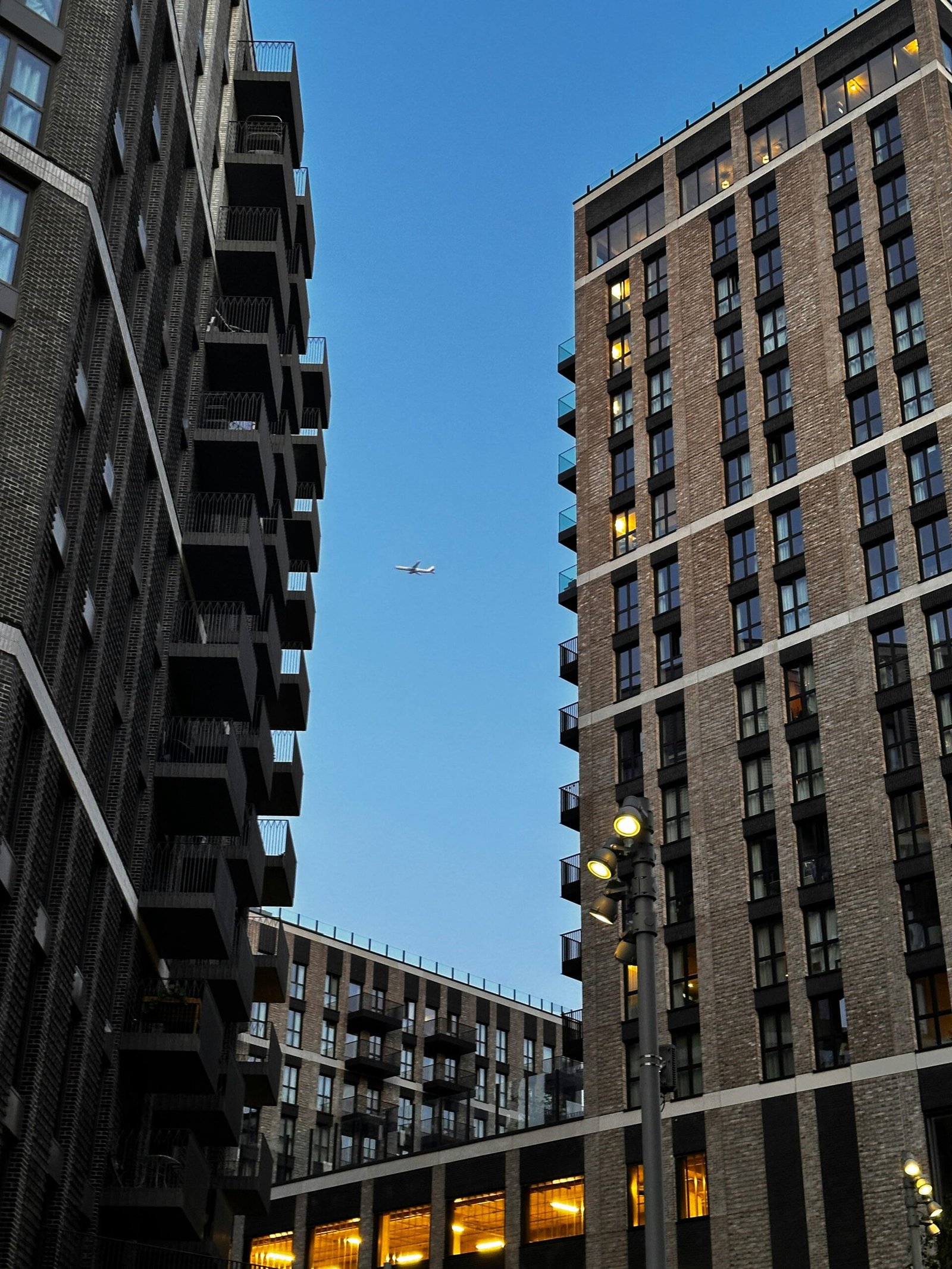
Leave a comment